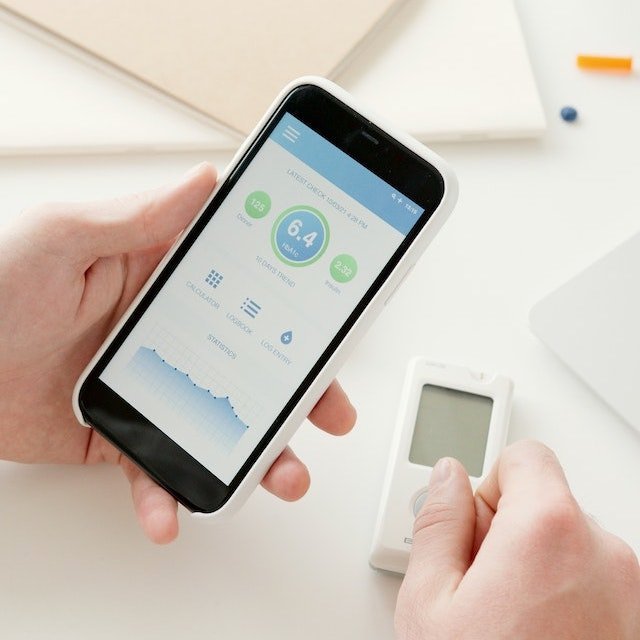Author: Dr Natasha Patel

Pending NHSE agreeing funding with industry partners, a 5 year roll out of Hybrid Closed Loop Pumps is being planned for:
- All aged 0 – 18yrs with Type 1 Diabetes
- Adults 18yr + with HbA1c >7.5%
- Or disabling Hypos
- Those trying to conceiv
Living with diabetes requires constant vigilance and management to ensure a healthy and fulfilling life. Over the years, advancements in medical technology have brought about innovative solutions to make this management easier and more effective. One such advancement is the closed-loop insulin pump, often referred to as an artificial pancreas. In this blog post, we’ll dive into the pros and cons of this revolutionary device to help you make an informed decision about whether it’s the right choice for you or your loved one.
Pros
1. Automated Insulin Delivery: One of the most significant advantages of the closed-loop insulin pump is its ability to automate insulin delivery. This device uses continuous glucose monitoring (CGM) to track blood sugar levels in real-time and adjusts insulin delivery accordingly. This means fewer manual interventions, reducing the risk of both hyperglycemia and hypoglycemia.
2. Tight Glucose Control: The closed-loop system is designed to maintain blood sugar levels within a narrow range, reducing the fluctuations that can lead to diabetes-related complications over time. This tight glucose control can contribute to better overall health and a reduced risk of long-term complications.
3. Less Burden and Mental Load: Diabetes management can be mentally and emotionally exhausting. With a closed-loop insulin pump, there’s less need to constantly calculate insulin doses and worry about potential blood sugar spikes or crashes. This can lead to a significant reduction in the daily burden of diabetes management.
4. Improved Quality of Life: The automation provided by the closed-loop system allows for greater flexibility in daily activities and meal planning. Individuals can enjoy more freedom without the constant need to plan their lives around insulin dosing schedules.
Cons
1. Learning Curve: Transitioning to a closed-loop system requires a learning curve. Users need to familiarise themselves with the device’s settings, understand how it responds to different situations, and learn how to interpret glucose sensor data effectively. This initial adjustment period may require time and patience.
2. Technology Reliability: Like any technological device, closed-loop insulin pumps are not immune to technical glitches or malfunctions. Dependence on a machine for insulin delivery means that any technical issues could have serious consequences. It’s important to have backup plans and to know how to revert to manual insulin delivery if needed.
3. Customisation Challenges: While closed-loop systems are designed to adapt to various situations, they may not cater perfectly to every individual’s unique needs. Fine-tuning settings and adapting the system to personal insulin sensitivity can be a complex process that requires ongoing communication with healthcare professionals.
4. Being Attached Constantly, being attached to both a glucose sensor and the pump can be demoralising for some.
Closing Thoughts
The closed-loop insulin pump represents a significant leap forward in diabetes management technology, offering the potential for tighter glucose control, reduced daily burden, and improved quality of life. However, it’s essential to carefully weigh the pros and cons before making a decision. Consultation with healthcare providers, diabetes educators, and others experienced with the technology can provide valuable insights to help determine if a closed-loop system is the right choice for you. Remember that diabetes management is highly individual, and what works best will depend on your unique needs, preferences, and lifestyle.
© 2023 — Go Doc Ltd